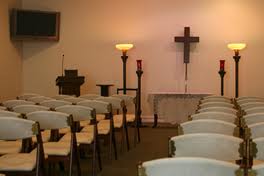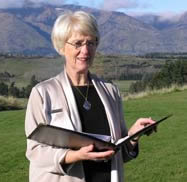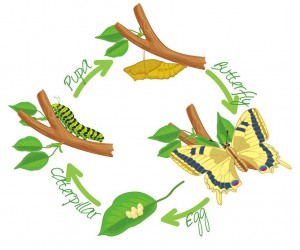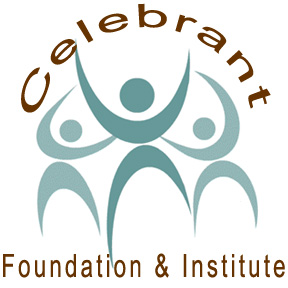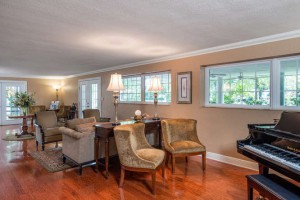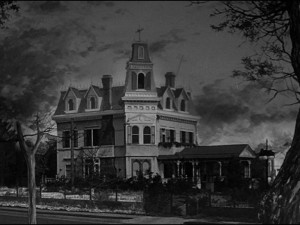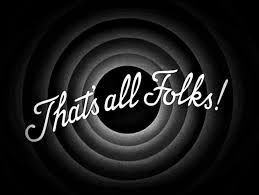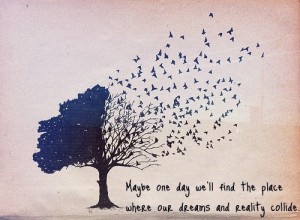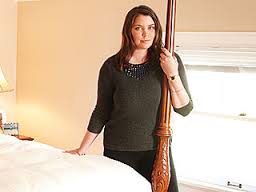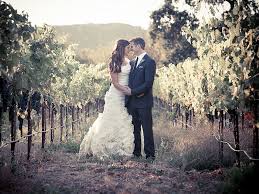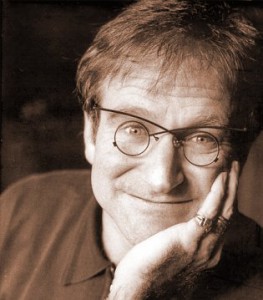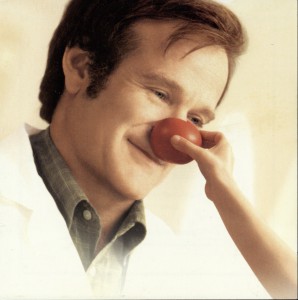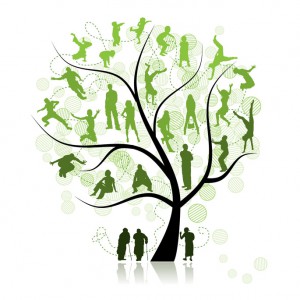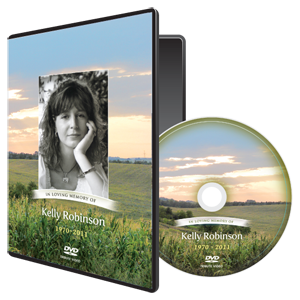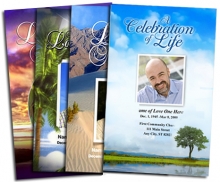In the funeral business, everything is in the details. Unlike a wedding which people often plan for months and sometimes for years, a funeral arrives suddenly and will require some hurried and frantic planning and scheduling. Pre-planning funerals helps but since we can’t always predict or schedule death, many of the details for a funeral or memorial service are quickly arranged by the surviving family members under the guidance of a funeral director. Getting all of the details right rest on the shoulders, mind, experience, and reputation of the funeral director. This is why funeral directors WORRY A LOT!

For many funeral directors the worry becomes far too much for them to handle. Many funeral directors won’t last more than five years before burning out and seek another profession. It’s not only the worry but also the personal dedication and commitment to a business that is 24 -7-365. It is disruptive to your family and social life. Funeral directors have to arrange and schedule everything in a matter of hours for a major life event! For me personally the 20 years was a bit too long. By then I was drinking like a fish. The chest pains stopped the day after I quit!
I recently asked a group of funeral directors what they worry about the most and here are their responses:
-“Flowers, grave digger, vault company, printers, obituaries, cosmetics, weather, music, ministers, permits, paperwork, families, friends, and just about everything.”
-“I would definitely think one of the biggest things we worry about is getting everything perfect and every little detail. Also making sure that the family’s last image of their loved one is one that won’t haunt them.”
-“I always worry about what I can do the nights that I’m on call. It seems that we limited ourselves sometimes socially. I cannot tell you how many times I’ve had to miss holidays and parties and nights where my friends go out because I’m on call. Granted, that is a selfish thing to worry about. But I don’t think the general public knows about that side of being a funeral director.”
-“I worry about my kids dying. I worry about me dying. I worry about when my kids die and the funeral home doesn’t take care of them with dignity. I guess that’s not really relevant for your public info, just sharing.”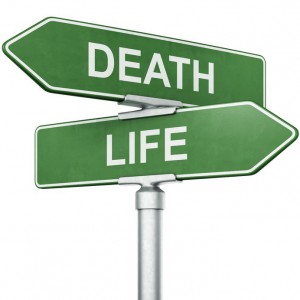
-“Will I find a job after my apprenticeship?”
-“What’s to be left in a casket?”
-Aspirator line rupture!
-“Getting paid, scheduling overlap! Will the officiant show up, disease, purge, leakage, restorative art, family feuds, musicians, newspaper deadlines for obits, paperwork delays, permits, pall bearers, and paying my bills.”
-“Cancer causing embalming fumes, needle pricks, tissue gas, and my bad back!”
-“I mostly worry about the family and their complete satisfaction of my service. The reputation of our funeral home and how my life depends on it. Shrinking profits due to the growing trend of direct cremation.”
-“Picking up the wrong body, cremating the wrong body, making a wrong turn leading a funeral procession, catching a disease, the strength of the bottom of these new cheap Chinese caskets as we carry the 300lb dude up the church steps. Hope the handles don’t tear off.”
-“I worry about the fat guy in the bathtub on the second floor and the narrow staircase. The neighbors noticed the mail was building up and then they noticed an unusual smell!”
I hope that when the general public reads this that they will appreciate the dedication and respect that funeral directors across the world provide to the deceased and their family members. It’s not an easy life and demands a personal commitment that many professionals could not begin to comprehend. They help people through one of life’s biggest challenges. Their customers are distraught and demanding. Even people that are normally relaxed and easy going can become sensitized as they grieve. In a business where everything is in the details, absolute perfection can be an extreme challenge. Thank God the funeral directors are experts in getting all of the details just right!

